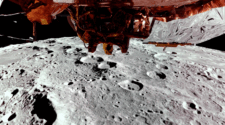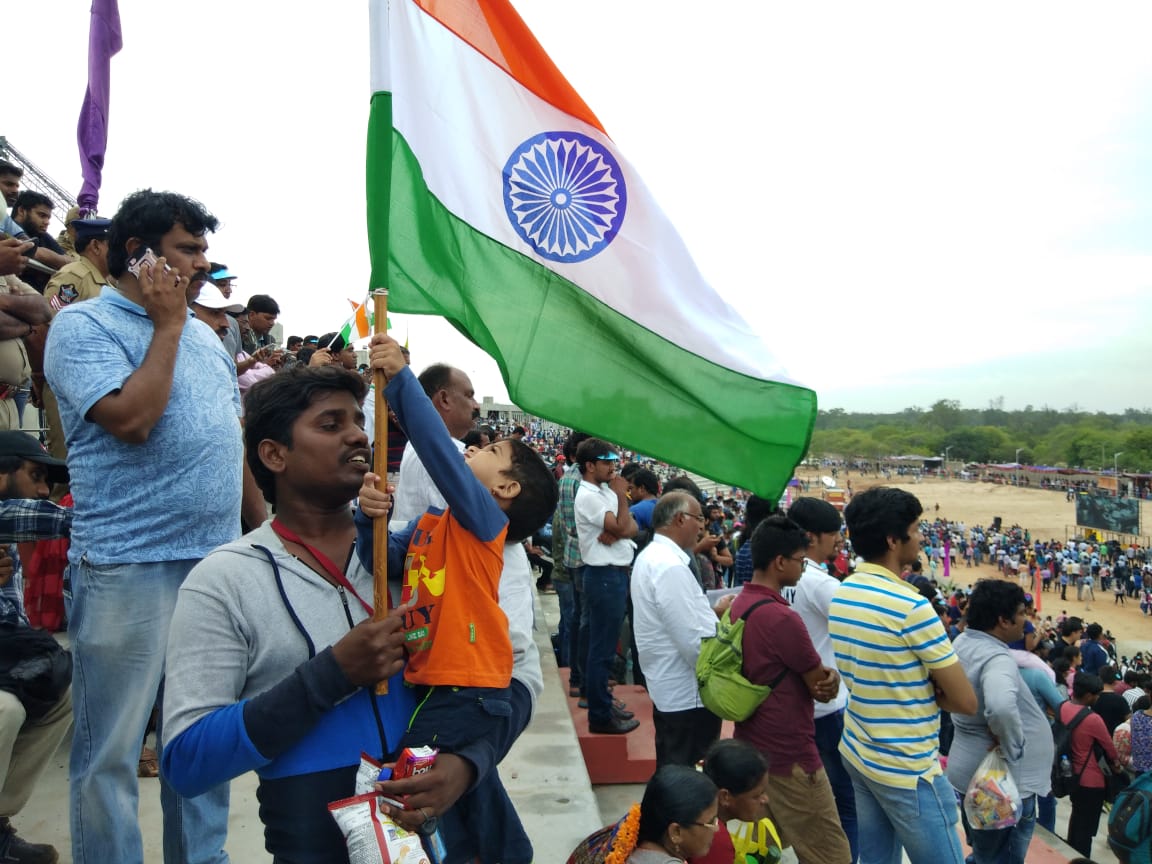
Indian scientists have pinpointed the location of their ambitious Vikram lunar lander on the Moon’s surface this weekend via imaging from their Chandrayaan-2 orbiting mothership. The lander was feared lost last Friday when contact was lost in the final moments of descent. The mission is India’s first attempt to soft land a robotic probe on the Moon’s rugged surface in a region near the lunar South Pole.
Despite locating Vikram on the Moon’s surface, India has yet to reestablish communication with the lander. The science team from ISRO, the Indian Space Research Organization, is attempting to make contact with the 1470 kg Vikram spacecraft before the end of the lunar day, which lasts for 14 Earth days. The lander was not designed to withstand the extreme frigid cold of the following lunar night, which also lasts for 14 Earth days.
However, as of this writing, no signals have been received yet and no contact has been established with Vikram.
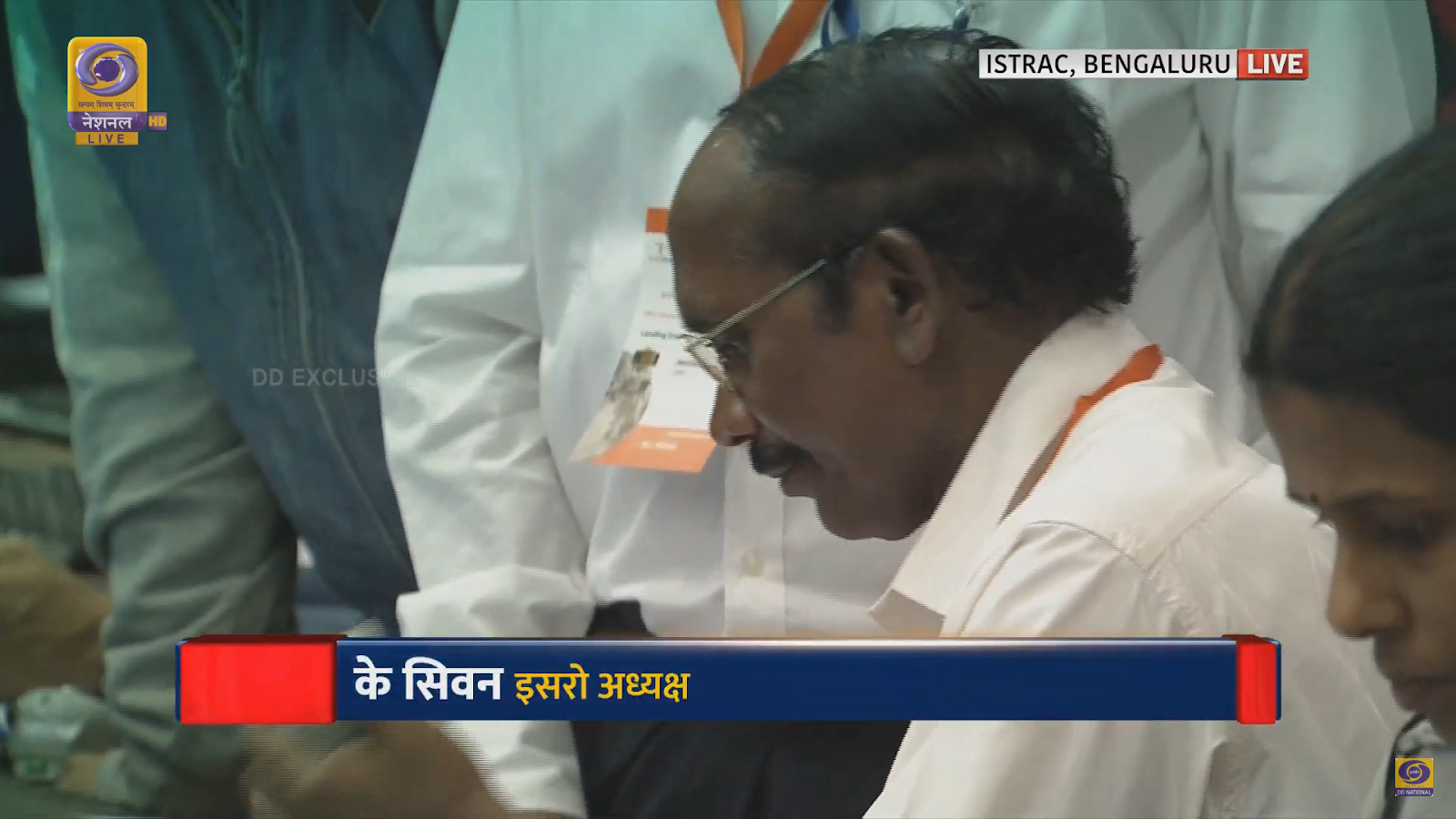
The Chandrayaaan-2 orbiter has snapped a thermal image of the lander. That image has not been released by ISRO. A visible light camera is also on board which may assist the team in assessing the health of the lander.
“We are trying to establish contact with the Vikram lander,” ISRO Chairman K. Sivan told the ANI news service. “We have found the location of Lander Vikram on lunar surface and Orbiter has clicked a thermal image of Lander.”
With each passing day the odds of making contact diminish significantly.
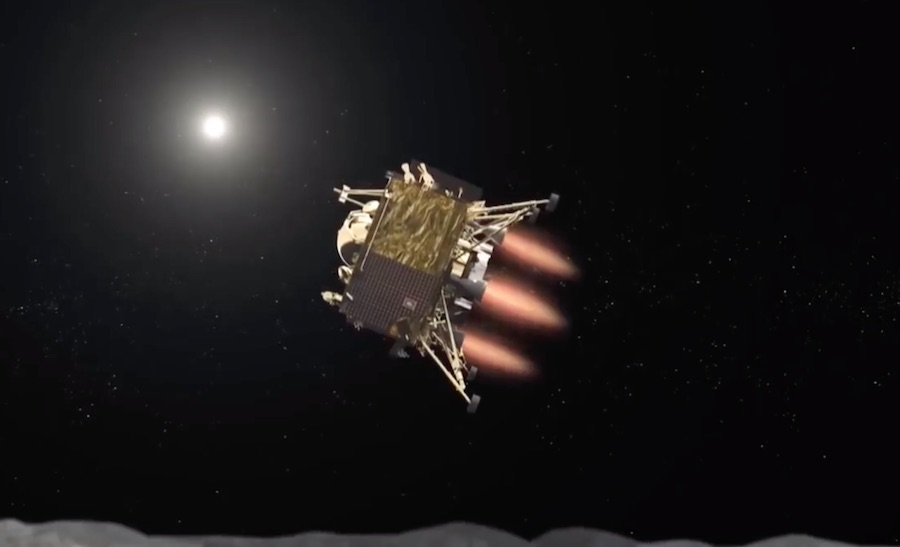
In its last update issued Saturday, ISRO’s Mission Control Centre stated “Vikram Lander descent was as planned and normal performance was observed upto an altitude of 2.1 km. Subsequently communication from lander to the ground stations was lost. Data is being analyzed.”
According to ANI News, an unnamed member of the ISRO mission team has told the news agency that Vikram suffered a hard landing near its planned touchdown site, however, the lander is in one piece but believed to be titled on the lunar surface.
If that is indeed the case, then the lander may have suffered damage to its systems upon impact. It also may not be able to generate power from the solar panels if they are not oriented properly, or otherwise malfunctioning.
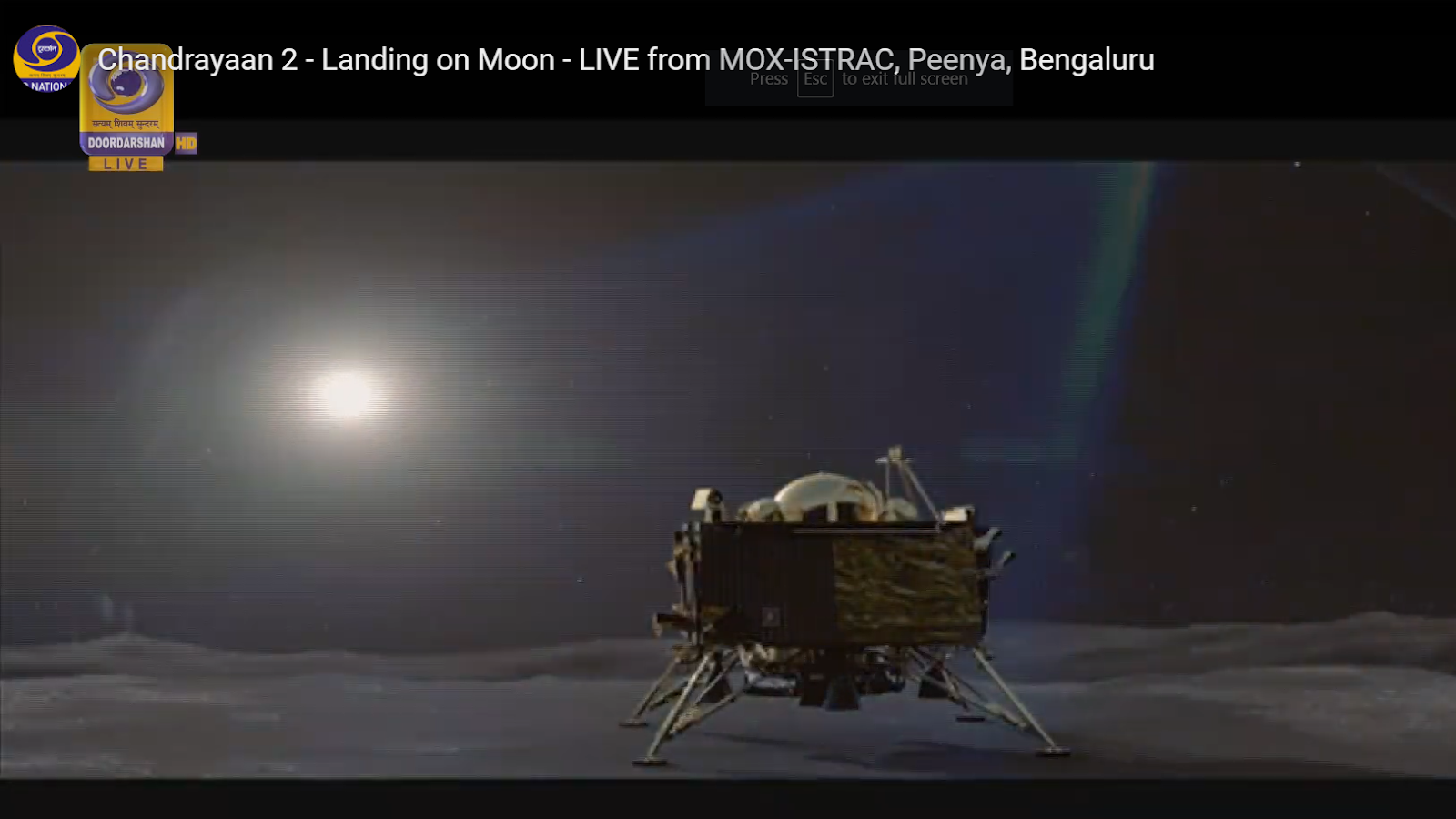
Vikram is part of India’s Chandrayaaan-2 lunar orbiter mission upon which it flew piggyback to the moon and was dispatched to the lunar surface after separation from the orbiter – which continues to function well.
A mini rover named Pragyan with a mass of 27 kg (59-pounds) was also loaded on board the lander and would have descended to the surface a few hours after touchdown – had all gone well.
The targeted landing site near the lunar south pole is an area close to potential deposits of water ice and therefore of high interest to scientists around the globe.
The robotic landing had been scheduled for approximately 4:23 p.m. EDT at a landing site located at 70.9 degrees south latitude on the near side of the Moon – much farther south and closer to the lunar south pole than ever attempted before.
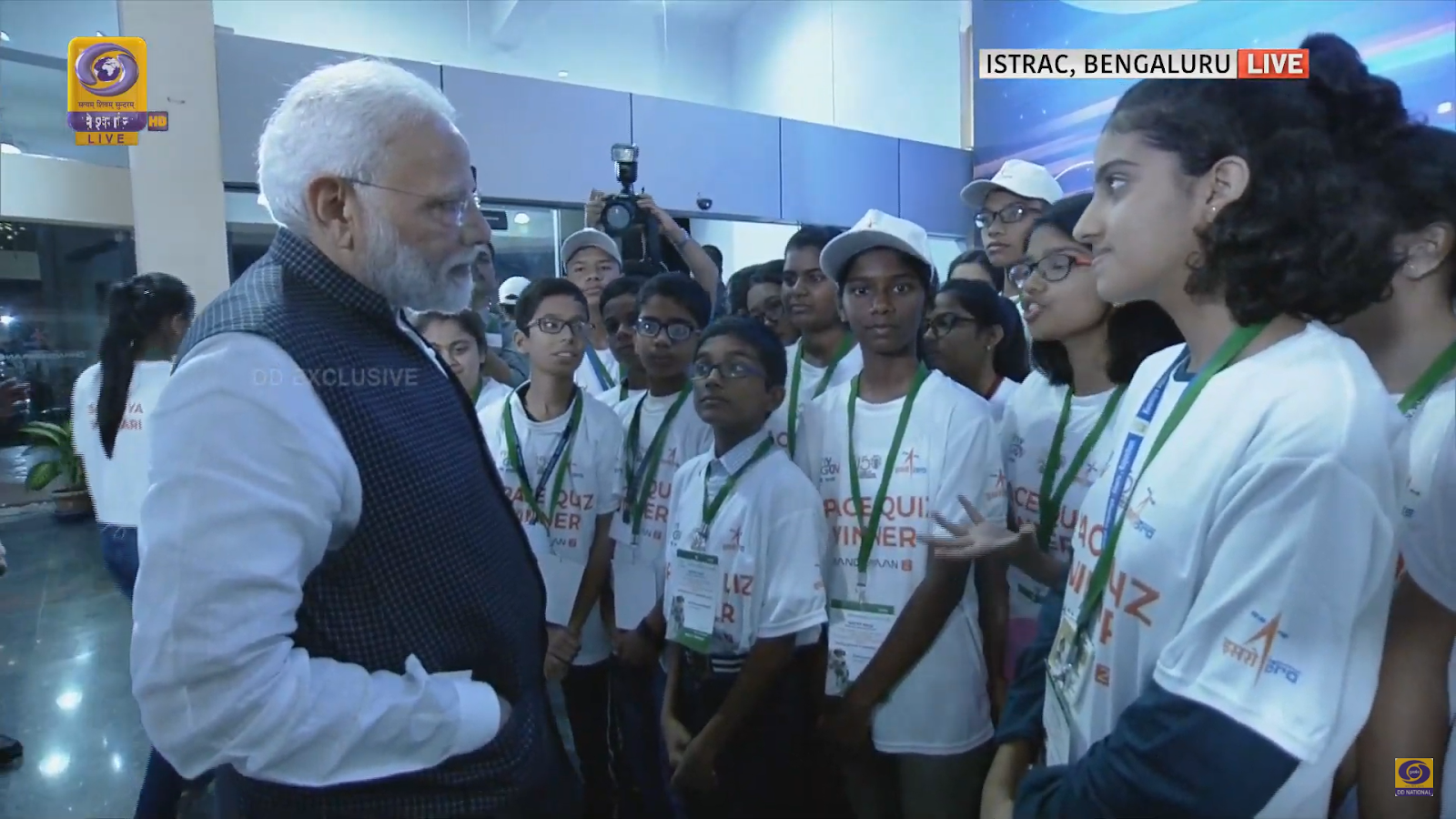
Contact with the four-legged spacecraft was lost in the final seconds of descent, after the four ‘rough braking phase’ thrusters had successfully fired to slow the descent from an initial velocity of 3600 mph following separation from the mothership Chandrayaaan-2 in lunar orbit. The 15-minute powered descent should have ended at nearly 0 mph for a successful soft touchdown.
Had the landing attempt succeeded India would have become only the fourth nation to land on Earth’s nearest neighbor – following the former Soviet Union, United States and China.
Soft landing on the moon is not an easy task. In fact it’s an enormous engineering challenge and over half of all moon landing attempts have failed during the space age.
A Moon landing attempt by a private Israeli company failed earlier this year when the Beresheet probe crash landed in April.
China did successfully land a lunar probe for the second time earlier this year – on the lunar far side for the first time.
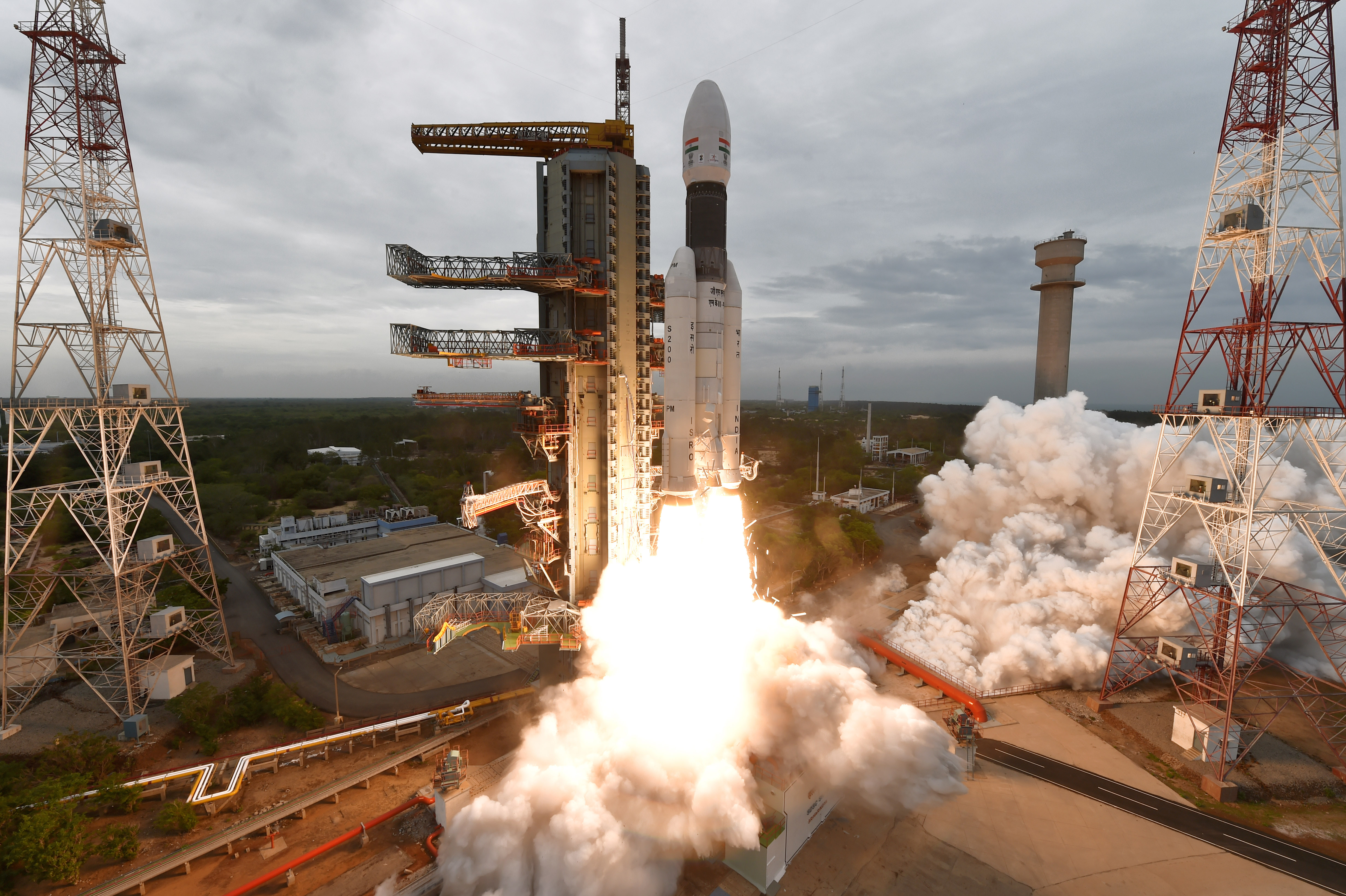
The launch of the Chandrayaan-2 mission to the Moon was a moment of national pride for India, with many people witnessessing the July 22, 2019 launch from a a viewing gallery that included a large video screen showing the GSLV MkIII rocket soaring into orbit.
The mission cost approximately $140 million and continues with the Chandrayaaan-2 orbiter outfitted with eight state of the art instruments including high resolution cameras, spectrometers and radar to map the moon minerology and search for water ice in greater detail.
Chandrayaaan-2 is a follow up to Chandrayaaan-1 which was launched a decade ago in 2008 and detected the first evidence of water ice inside the Moon’s permanently shadowed craters at the lunar poles.
ISRO says the Chandrayaaan-2 lunar orbital mission could last as long as seven years – far beyond the original design goal of one year – at an altitude of around 62 miles (100 kilometers).
Chandrayaan-2 was launched on July 22, 2019 from India’s spaceport and achieved lunar orbit on Aug. 20.
NASA is planning to send the first woman and next man to land on the Moon’s south pole during the Artemis 3 mission in 2024 – specifically to investigate the water ice in those permanently shadowed craters.

